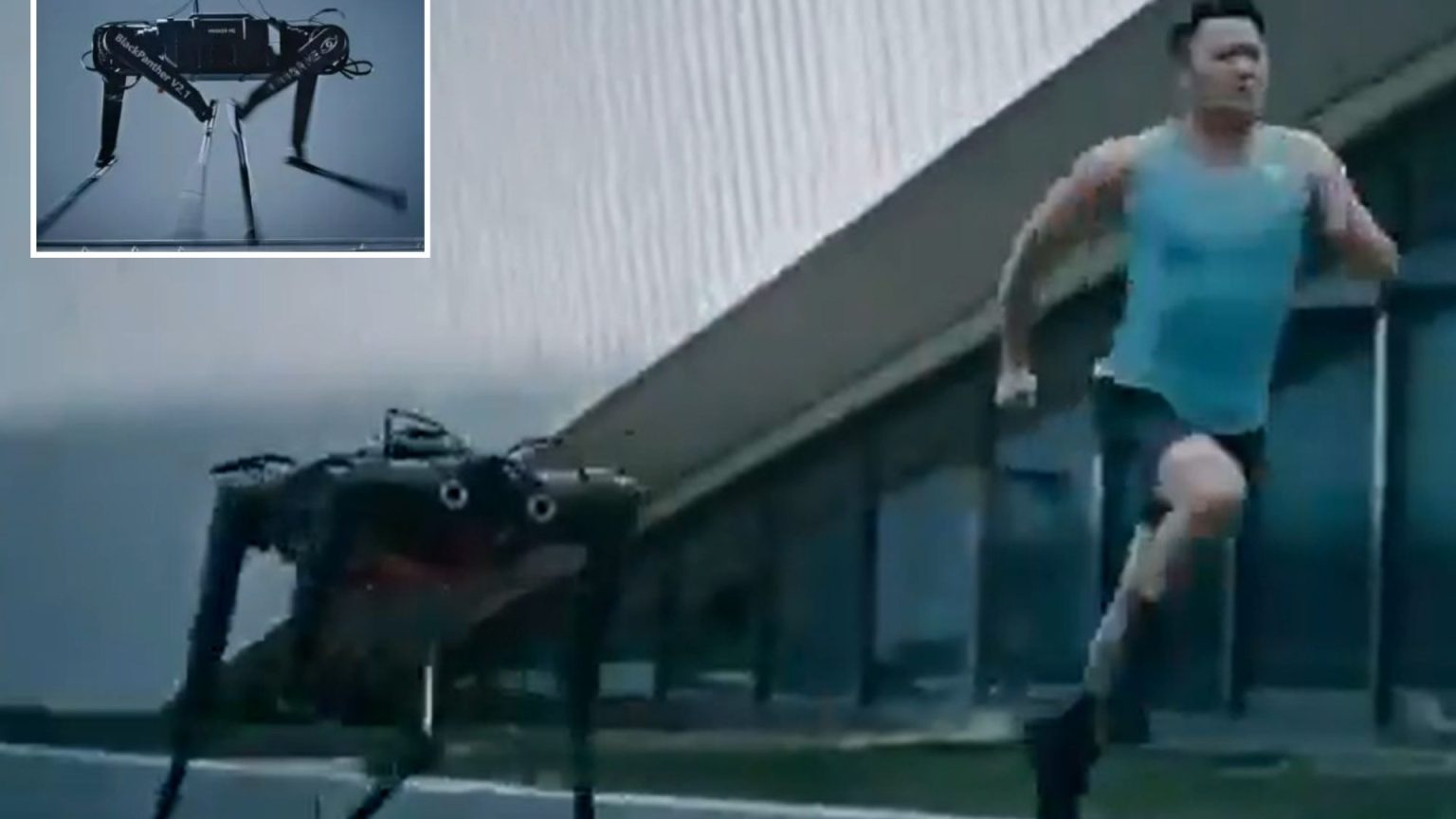The Dawn of Everyday Robots: From Companions to Crime Fighters
The integration of robots into everyday life is rapidly accelerating, with diverse applications emerging across various sectors. This transformation is fueled by advancements in artificial intelligence, robotics engineering, and material science, giving rise to robots capable of performing tasks ranging from mundane chores to complex interactions. From humanoid companions designed to mimic human behavior and provide assistance, to specialized robots tackling dangerous situations, the landscape of human-robot interaction is undergoing a profound shift. This evolution promises both exciting possibilities and potential challenges as society adapts to this new technological reality.
One notable example of this robotic revolution is the "Clone Alpha," a highly sophisticated humanoid robot developed by Clone Robotics. This "musculoskeletal android" boasts an impressive anatomical design, featuring over 200 synthetic bones, artificial muscles, ligaments, and even a synthetic breathing system. This intricate construction aims to replicate human movement and physiology more closely than traditional robots, potentially paving the way for more natural and seamless human-robot interactions. With a limited production run of only 279 units planned for pre-order in 2025, Clone Alpha represents a high-end foray into the realm of personal robotics.
Beyond humanoid companions, robotic innovation is also impacting areas like security and law enforcement. China’s Logon Technology has unveiled the RT-G, an all-terrain spherical robot designed for crime detection and apprehension. This robust, AI-powered sphere can operate both on land and in water, reaching speeds of up to 22mph. Equipped with a range of non-lethal police gear, such as net guns, tear gas sprayers, and sound wave dispersal devices, the RT-G is envisioned as a potential replacement for human officers in dangerous situations. Its ability to withstand significant impact damage and its heavy weight underscore its intended role in challenging environments.
Meanwhile, the world of robotics is also witnessing the emergence of versatile quadrupedal robots, showcasing impressive agility and adaptability. A Chinese company, Deep Robotics, has developed a wheeled robo-dog capable of navigating complex terrains with remarkable ease. The integrated wheels provide enhanced mobility, allowing the robot to traverse steep slopes, hop over obstacles, and even perform acrobatic maneuvers like backflips. This combination of wheeled locomotion and traditional leg-based movement opens up a wide range of potential applications, from search and rescue operations to exploration of hazardous environments.
Tesla’s foray into humanoid robotics, spearheaded by Elon Musk, has also garnered significant attention. The company’s Optimus bot, envisioned as an "autonomous assistant" or "humanoid friend," is designed to perform a diverse array of tasks, from household chores and childcare to companionship. Musk envisions a future where personal robots are widely accessible, offering personalized assistance and companionship to individuals. With features like parcel retrieval, plant watering, game playing, and kitchen assistance, Optimus promises a multifaceted robotic companion capable of integrating into various aspects of daily life.
Tesla’s ongoing development of the Optimus bot showcases a continuous drive towards enhanced capabilities and affordability. The second-generation Optimus II boasts significantly improved speed, reduced weight, and a more human-like build. With a projected release in Tesla factories in 2025 and availability to other companies in 2026, Optimus represents a significant step towards realizing the vision of widespread personal robot ownership. Musk’s ambitious goal of offering the bot at a price point below $20,000 underscores his commitment to making this technology accessible to a wider audience.
In conclusion, the rapid advancements in robotics are ushering in a new era of human-robot interaction, with implications for various aspects of daily life. From humanoid companions designed to provide assistance and companionship, to specialized robots performing tasks in hazardous environments, the possibilities are vast and evolving. As these technologies continue to mature, society will need to adapt to the presence of robots in everyday life, addressing both the opportunities and the challenges they present. The ongoing development and deployment of robots like Clone Alpha, the RT-G, the wheeled robo-dog, and Optimus highlight the dynamic and transformative nature of this technological frontier.


